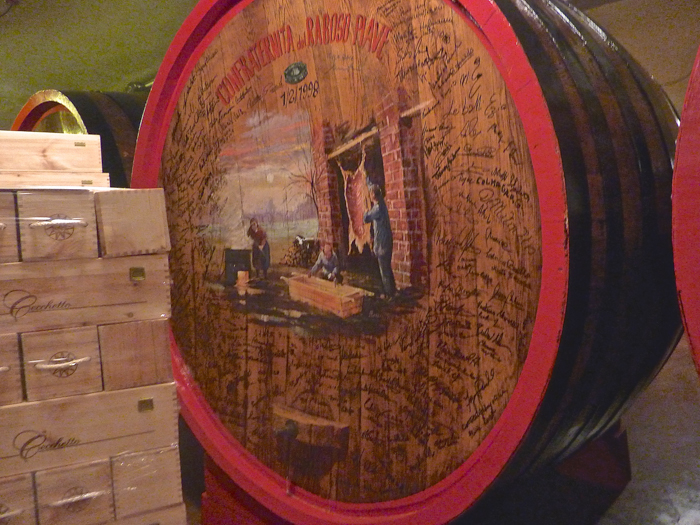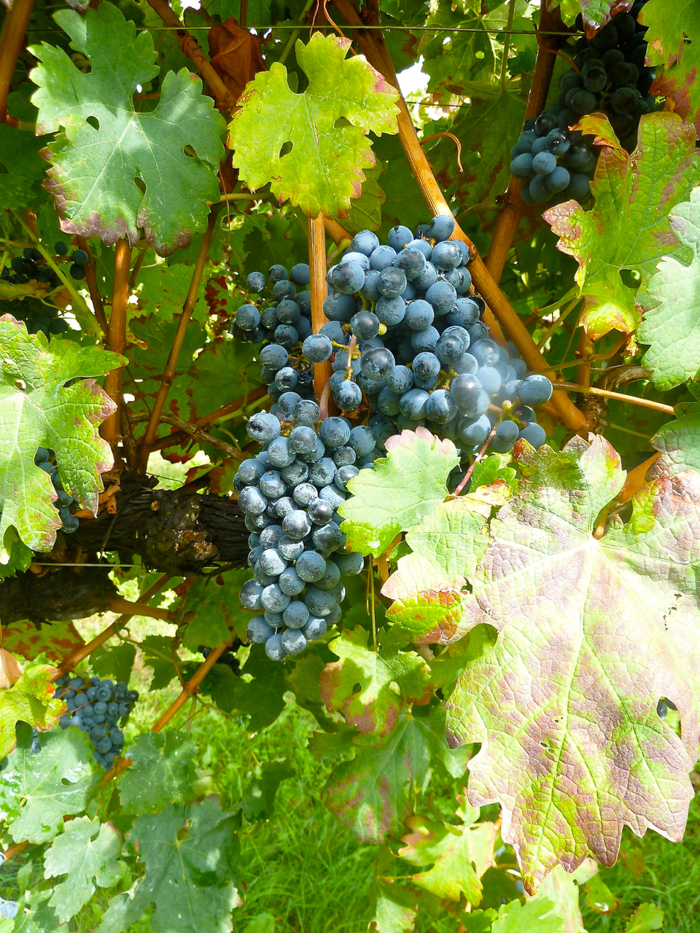The Piave River works its way to the Adriatic between the provinces of Treviso and Venice. Along this river valley, the fertile clay soil, rich in mineral salts, has produced wonderful wines for centuries. Stretching from the Adriatic coast to the hills around Conegliano the north, to the east lies the Lison-Pramaggiore DOC and Friuli-Venezia Giulia. This zone includes 50 communes in the province of Treviso, and another 12 in Venezia.

Piave is known for its’ wonderful indigenous varietal, Raboso. Raboso is an ancient wine, dating from this part of northeastern Italy before the time of the Roman Empire. Pliny the Elder writes in his Naturalis Historia, of the grape Picina omnium nigerrima, a black wine and the ancestor not only of Raboso, but of Terrano, Refosco and Friularo. Antonio Carpene, one of the founders of the School of Enology in Conegliano, claimed that the red Raboso nero was perhaps the most important variety of eastern Veneto, especially as it was so widespread at that time. Even after the Second World War, Raboso was still the dominant wine in this region, accounting for approximately 80% of the production.

French grape varieties were introduce here in the late 19th century. In the 1950s and 60s, the production of these international varietals increased, following the market demand. In the 1990s, however, there was a renewed interest in this traditional indigenous grape, with a few far-sighted local producers starting the Confraternite del Raboso Piave, an organization devoted to rediscovering and promoting this local treasure. Thankfully, we are now still able to experience this wonderful authentic Italian red.
Today, within the Piave DOC, the following wines are available:,and with the exception of Cabernet they are all varietal wines (with the permitted addition of a maximum of 5% of other DOC varieties of the same colour): Cabernet (CS and CF), Cabernet Franc, Cabernet Sauvignon, Merlot (60% of production), Pinot Bianco, Pinot Grigio, Pinot Nero, Raboso, Tocai Italico and Verduzzo.
White:
Pinot Bianco: Must contain a minimum 95% Pinot Bianco, with the remaining 5% made from any other of the white varietals of the Piave DOC.
Pinot Grigio: Must contain a minimum 95% Pinot Grigio, with the remaining 5% made from any other of the white varietals of the Piave DOC.
Tocai Italico: Must contain a minimum 95% Tocai Italico or Friulano, with the remaining 5% made from any other of the white varietals of the Piave DOC.
Verduzzo: Must contain a minimum 95% Verduzzo, with the remaining 5% made from any other of the white varietals of the Piave DOC.
Reds:

Cabernet: Must contain Cabernet Sauvignon and Franc.
Cabernet Sauvignon: Must contain a minimum 95% Cabernet Sauvignon, with the remaining 5% made from any other of the white varietals of the Piave DOC.
Cabernet Franc: Must contain a minimum 95% Cabernet Franc, with the remaining 5% made from any other of the white varietals of the Piave DOC.
Merlot: Must contain a minimum 95% Merlot, with the remaining 5% made from any other of the white varietals of the Piave DOC.
Pinot Nero: Must contain a minimum 95% Pinot Nero, with the remaining 5% made from any other of the white varietals of the Piave DOC.
Piave Malanotte DOCG: The new DOCG denomination Malanotte del Piave, or Piave Malanotte, was officially established in December 2010. This wine must contain at least 70% of Raboso del Piave grapes and up to 30% of Raboso Veronese: these varietals can be combined with up to 5% of other local red varietals. DOCG regulations dictate that between 15% and 30% of grapes must be dried before being pressed. This austere, dry wine ages for at least thirty-six months partly in barrels (at least twelve months) and partly in the bottle (at least four months), to allow the wine to reach an intense ruby reddish and purple color that tends to garnet red when aged, and its typical bouquet of spicy cherries.


